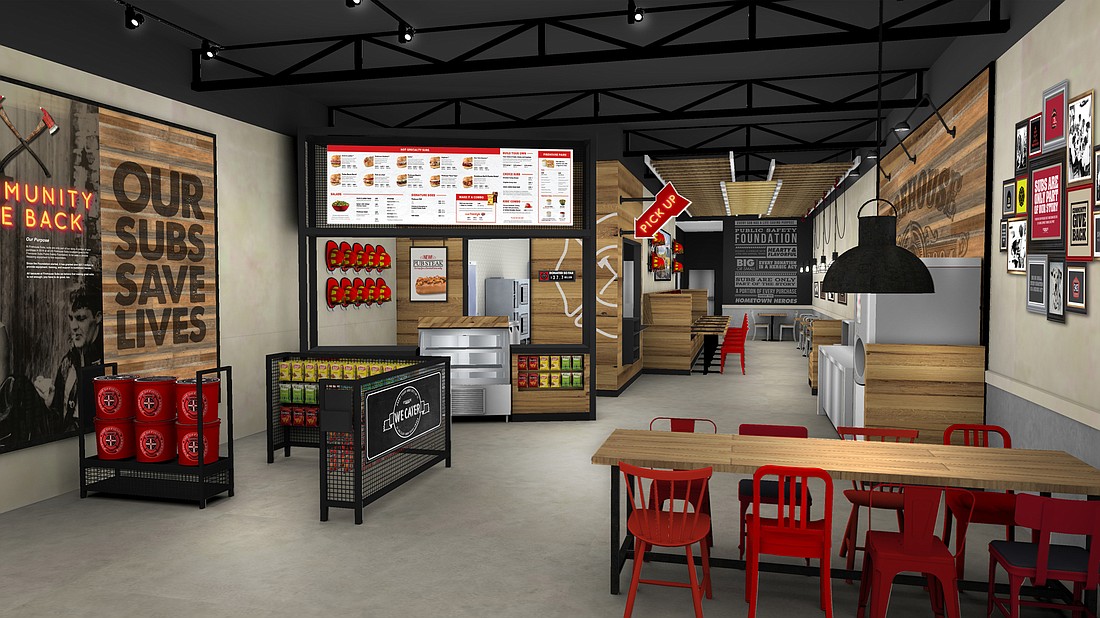
They didn’t know it at the time, but the people at Firehouse Subs who plan the franchise restaurant chain’s strategy started adapting their business model to the coronavirus pandemic five years before the world heard of COVID-19.
The dine-in business at the Jacksonville-based company’s nearly 1,200 restaurants in 46 states and Canada began declining in 2012, said CEO Don Fox.
By 2015, about half the customers at Firehouse either picked up sandwiches for takeout or had them delivered by a third-party vendor. Online ordering was growing, too.
“Consumers were changing their behavior, so we started taking steps to strengthen our off-premise business,” Fox said.
The company was No. 111 on Franchise Times magazine’s Top 200 list in 2019, with reported sales of more than $854 million.
Firehouse also developed a new design concept for its restaurants with less dining-room space, more space for food preparation and more attention to takeout and delivery.
Even though it softened the impact, the shift from in-person dining didn’t make Firehouse immune from the effects of the public health and safety measures that took effect in mid-March 2020.
Within days, seated service was ordered suspended temporarily. Fox said that by March 22, a week after the shutdown began, business was off by 56% across the board.
“Sales were bad for four weeks. We started promoting online ordering and within two months, we were back to the prior year’s sales level,” Fox said.
“We have the right food and the right convenience. To this day, we’re setting records every week.”
Another factor helping Firehouse weather the pandemic is the restaurants’ focus on lunch, dinner and catering. They don’t serve breakfast, the casual dining sector that Fox said has been most affected because so many people are working remotely at home instead of in their offices.
“Breakfast is dependent on commuter traffic and customer routines. Central business district vendors have been hit tremendously hard,” he said.
The pandemic may create opportunities for Firehouse and its franchise operators that weren’t available previously.
Fox said the industry estimates that as many as 100,000 restaurants might not survive the coronavirus. Having fewer options will decrease competition for consumer spending in casual dining.
“It will be quite some time before that void is filled,” he said.
Restaurants closing likely will put more commercial real estate suitable for Firehouse on the market, too.
“We have the opportunity to add more restaurants than without the pandemic. Our sales are putting our franchisees in the financial position to open more locations and more good locations are available,” Fox said.